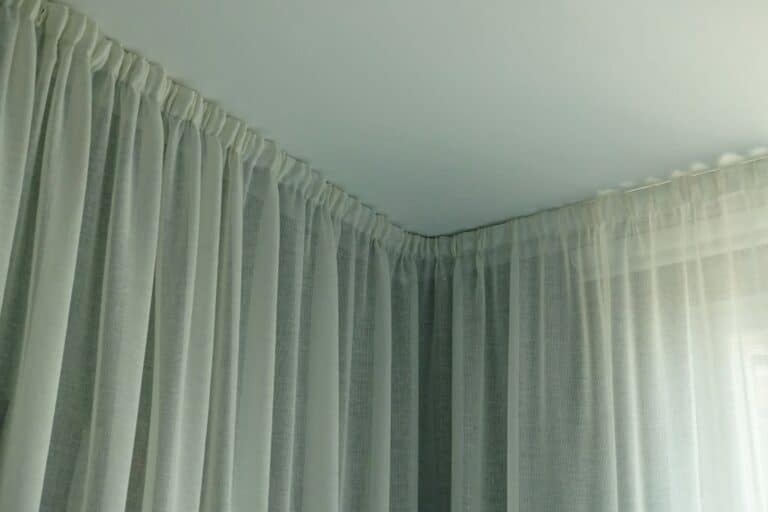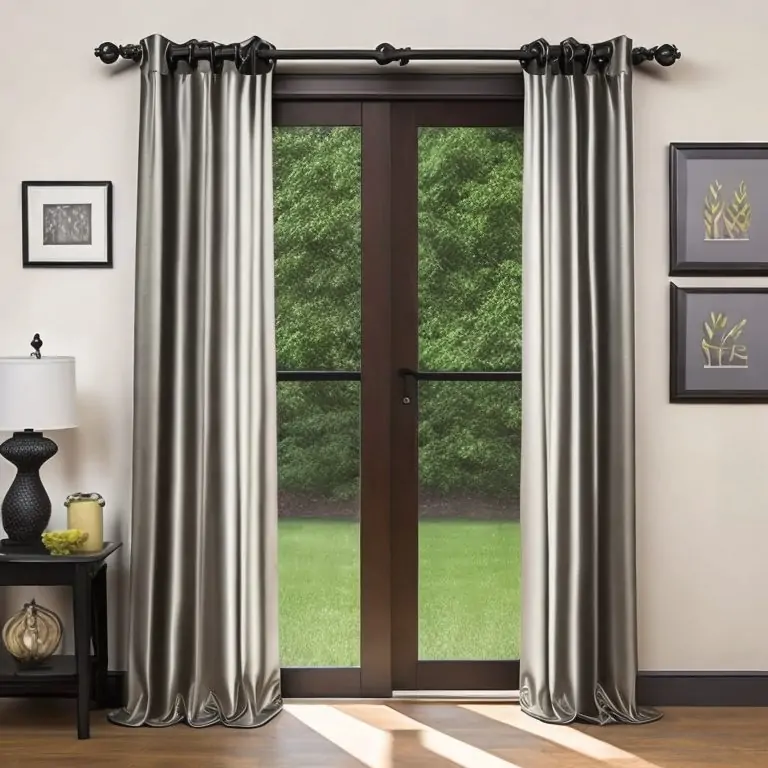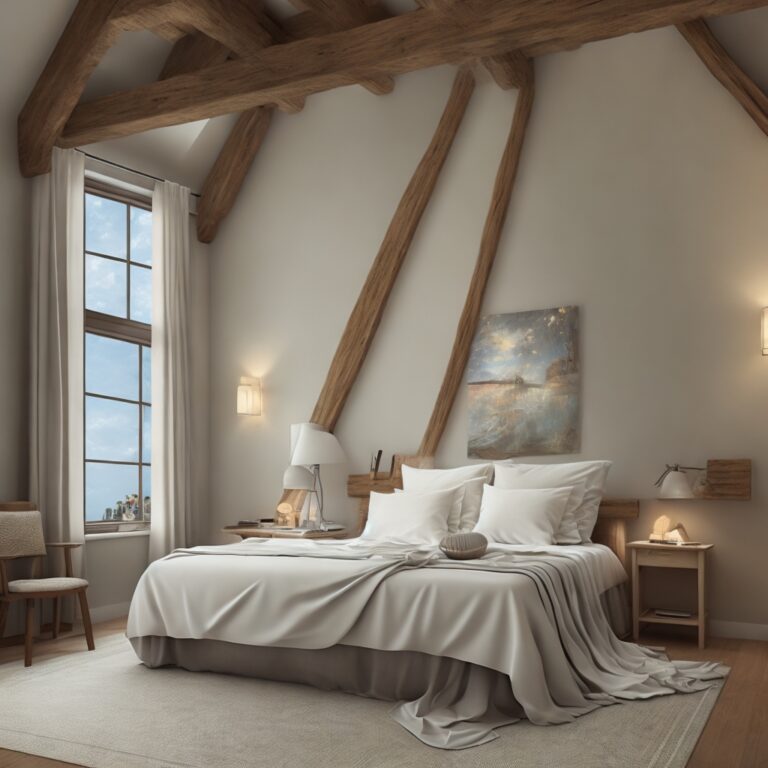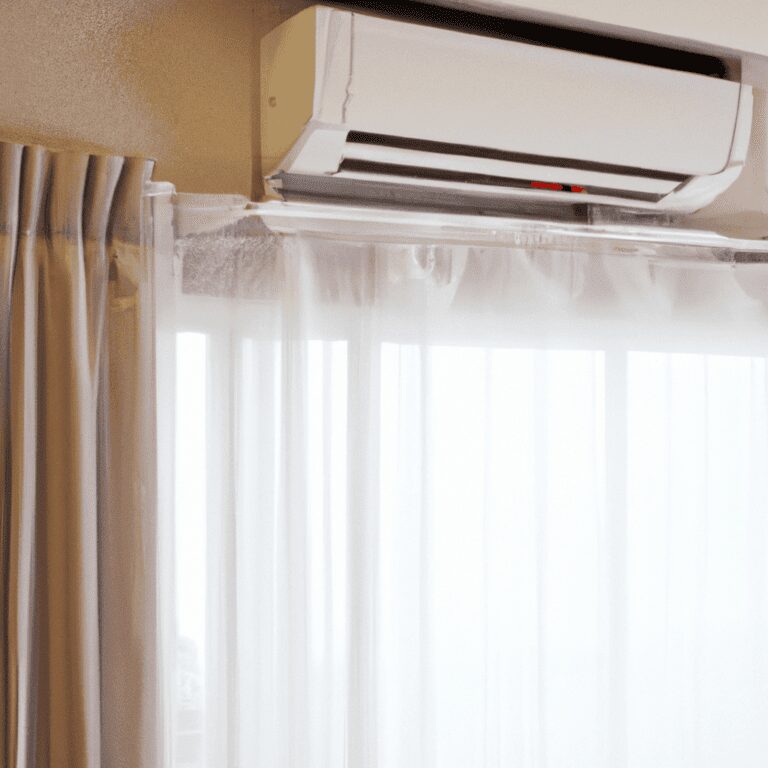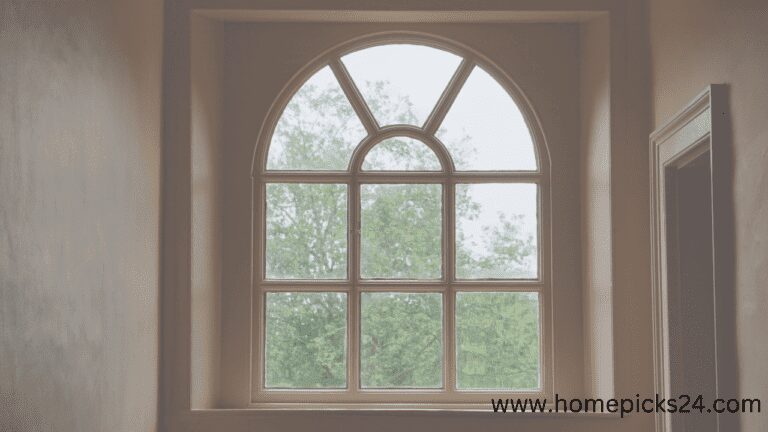How to Cover an Entire Wall with Curtains: A Comprehensive Guide
When contemplating the transformation of a room’s ambiance, curtains often remain an overlooked gem. Boasting the unique capability to imbue spaces with comfort, allure, and a touch of refinement, curtains hold an unparalleled potential for metamorphosis. If your vision entails crafting a daring proclamation by draping an entire wall with curtains, brace yourself for an exhilarating design expedition that has the power to redefine your living space entirely.
Within the forthcoming article, we will serve as your guiding light, directing you through this imaginative journey while addressing crucial queries that may surface along the way. Give Art a Textural Backdrop to enhance the visual impact of your space and create a captivating atmosphere.
So get ready we’re about to take a detailed journey into how to cover the entire wall with curtains.
How to cover the entire wall with curtains?
Transform your living or workspace with an innovative design approach – discover how to cover an entire wall with curtains effortlessly. Our comprehensive guide unveils the art of using curtains as more than just window dressings. Elevate your interior aesthetics by following our expert advice on creating a captivating curtain display that spans an entire wall, even in a small space.
From selecting the right fabrics that resonate with your style to strategic placement techniques that play with dimensions, we’ll empower you to redefine your space. Explore the fusion of functionality and aesthetics, and embark on a journey to redefine walls as canvases of creativity with our detailed insights and inspiration. One option on how to cover a wall using curtains is by using an electrical conduit and design your own rods if you want to cover a big chunk of the wall.
Why Cover an Entire Wall with Curtains?

There are several reasons why one might want to cover an entire wall with curtains. Firstly, it can add a touch of elegance and sophistication to a room, creating a cozy and intimate atmosphere. Secondly, it can help to reduce outside noise and improve the acoustics of a space. Curtains can also provide additional insulation, helping to keep a room warm in the winter and cool in the summer, thus reducing energy costs.
Additionally, the use of curtains to cover an entire wall, including open wardrobes, can also create a makeshift privacy screen, especially in open-concept living spaces. By choosing the right fabric and color, you can transform a dull and plain wall into a stunning and inviting feature in your home. Full-length curtains that stretch from the floor to ceiling also create an illusion of space and grandeur, especially with continuous vertical header folds. Whether you are looking to add some personality to a space or simply want to create an inviting ambiance, using curtains as a headboard or backdrop against the wall behind a bed is a surefire way to achieve a stunning result.
Can I Cover the Whole Wall with Curtains?
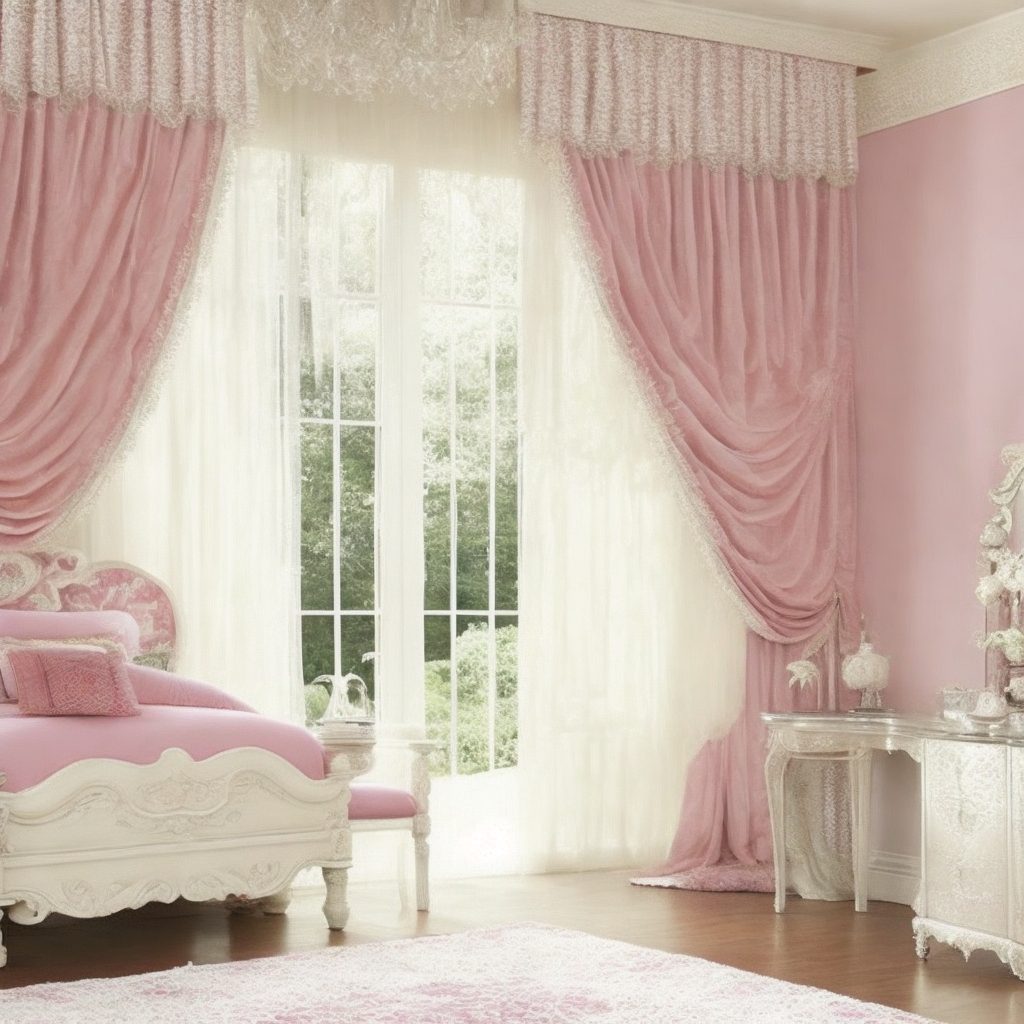
If you’re wondering whether or not it’s possible to cover an entire wall with curtains, the answer is yes, it can be done.In fact, using curtains to cover an entire wall can be a great way to add texture, color, and dimension to a room. You can use curtains to create a focal point in a space or to add privacy to a room that requires it.
When choosing curtains for your wall, it’s important to consider the size of the wall and the weight of the curtains. You may need to choose extra-long curtains or custom-made curtains to ensure that they cover the entire wall, creating an illusion of space and grandeur.
You’ll want to make sure the curtains match the look and feel of the rest of the room to achieve a cohesive look. With the right curtains and installation, you can easily transform a plain wall into a beautiful and functional feature of your home. Tip: Choose vertically striped curtains functioning as removable wallpaper. For those looking for a budget-friendly option, consider creating DIY curtain rods from EMT (Electrical Metal Tubing) to cover an expansive wall. Wall sconces can also be a great addition to your curtain setup, providing a vintage look and allowing you to hang curtains of different sizes and colors.
How to Make a Whole Wall of Curtains: Step-by-Step Guide
Creating a wall of curtains might seem like a complex task, but it’s surprisingly achievable with a bit of planning and the right tools. Follow these steps to bring your vision to life:
Measure and Plan:
Discover the precise art of measuring walls and curtains with ease. Whether you’re gearing up for a home makeover or a simple refresh, understanding the proper techniques for measuring can make all the difference. To measure your walls accurately, grab a measuring tape measure, pencil, and paper. Start from a corner and note down the dimensions, considering any obstacles like doors or windows. When it comes to curtains, ensure a perfect fit by measuring from the floor to your desired curtain rod height.
Don’t forget to account for wall features like alcoves or moldings. For a full-coverage measure, determine the length and width of the wall space you want to cover with drapery. For a “kisses the floor” effect, subtract an inch from the distance between the rod and the floor for standard curtain lengths and floor distance. You can add more inches for formal “puddles” while leaving less for casual floats. Consider leaving several inches open on either side of the curtain in larger rooms to reveal beautiful molding or let more light flow in through when opened up. With these foolproof steps, you’ll be well-equipped to create a harmonious space that’s both stylish and functional.
Choose Curtain Fabric:
Choosing the ideal fabric for your living room curtains is a crucial step in creating an inviting and stylish space. Whether you’re aiming for elegance, coziness, or a touch of modern flair, the fabric plays a pivotal role. Opt for lightweight and sheer fabrics like chiffon or voile to infuse your living room with an airy ambiance, perfect for diffusing natural light. For a more luxurious feel, velvet and silk exude opulence and create a striking visual impact in the living room.
If practicality is your priority, consider durable and easy-to-maintain options like cotton or polyester blends for your living room curtains. From classic to contemporary, the type of curtain fabric you choose can effortlessly set the tone for your interior décor, making your living room truly exceptional. Additionally, linen is another light fabric option that can add a touch of elegance to your living room curtains.
Install Curtain Rods or Tracks:
Curtain Rods: Place the rod brackets just above the window frame. Use a level to ensure they are straight. Mark the bracket screw holes with a pencil. Secure the brackets in place using screws and a screwdriver or drill.
Curtain Tracks: Attach the track to the brackets according to the manufacturer’s instructions. Ensure the track is level before tightening the screws.
Hang the Curtains:
Curtain Rings: If your curtains have rings, insert them onto the rod before placing the rod onto the brackets.
Hooks or Tabs: For curtains with hooks or tabs, attach them to the curtain rod.
Curtain Clips: If using curtain clips, simply clip them onto the top of the curtains and then onto the rod.
Finishing Touches: Once the curtains are hung, step back and evaluate the overall appearance. Adjust the positioning as needed and ensure the fabric drapes gracefully.
Hanging Curtains Without Putting Holes in the Wall
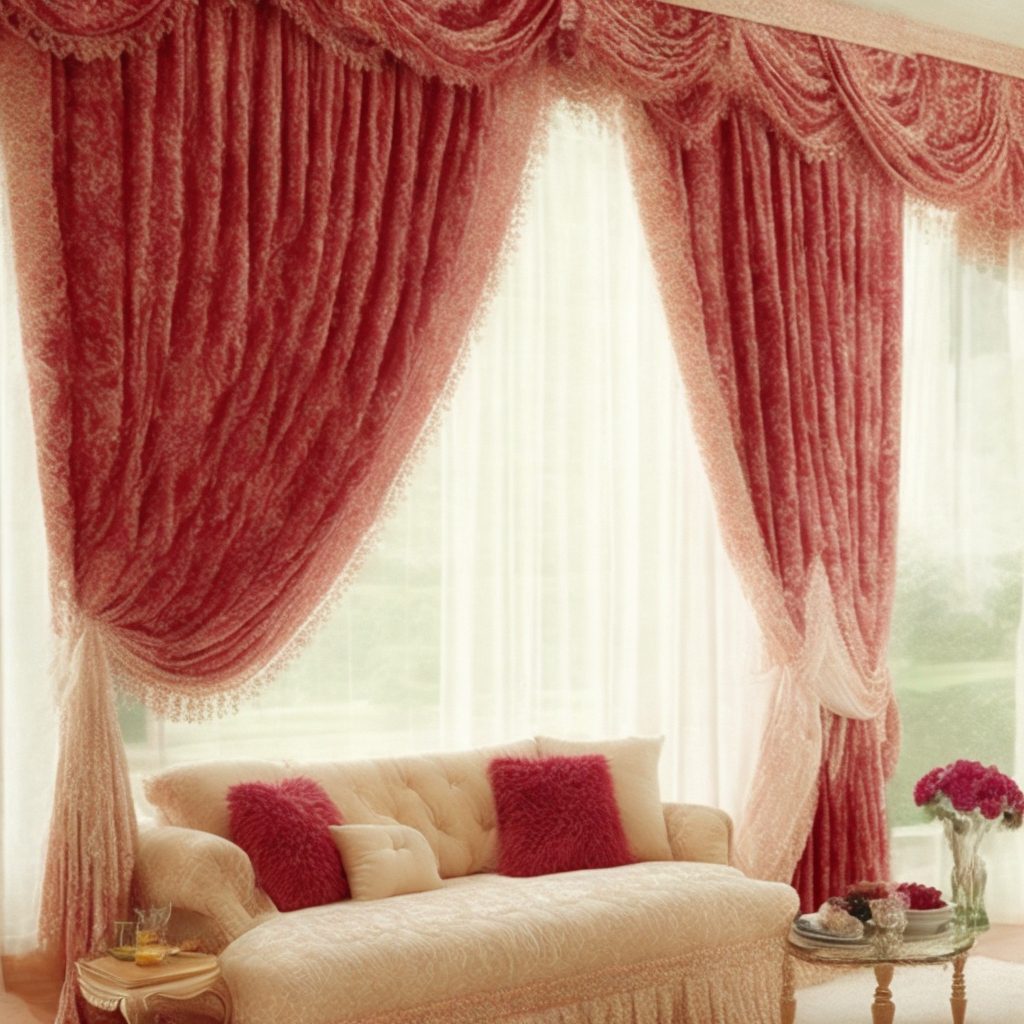
If you’re averse to drilling holes in your wall, fear not. There are alternative methods to hang curtains securely:
Tension Rods: Tension rods are versatile and can be adjusted to fit between two surfaces, such as window frames or recessed areas.
Command Hooks: These adhesive hooks are designed to hold various weights. Choose hooks that can support the curtain rod’s weight and follow the instructions for a damage-free application.
Ceiling-Mounted Tracks: Ceiling-mounted curtain tracks offer a clean and modern look. They’re an excellent option for creating a wall of curtains without drilling into the walls.
Ensuring Your Curtains Stay on the Wall
To prevent your curtains from slipping or sagging, consider these tips:
Secure with Clips: Use curtain clips or rings to keep the fabric in place on the rod and maintain a neat appearance.
Regular Maintenance: Gently vacuum or shake your curtains to prevent dust buildup and maintain their vibrant look.
Proper Installation: Ensure your curtain rods or tracks are installed securely and evenly to distribute the weight of the fabric.
Should the Curtains Cover Furniture or Doors?
When it comes to tackling the challenge of covering an entire wall with curtains, it’s important to consider whether or not the curtains should also cover furniture or doors. The answer to this question largely depends on personal preference and the purpose of the curtains. If the goal is to create a cozy and private atmosphere, it may be beneficial to cover furniture and doors in order to fully embrace the feeling of being enclosed.
However, if the curtains are solely for decorative purposes or to add a pop of color to the room, leaving furniture and doors exposed can create a more balanced and visually appealing look. It’s also important to note that covering doors with curtains can sometimes hinder their functionality, so that should be taken into consideration as well. Ultimately, choosing whether or not to cover furniture and doors with curtains is a design choice that should be made based on the specific needs and goals for the space.
How do you measure a wall for curtain coverage?
To measure a wall for curtain coverage, start by measuring the width of the wall. Then, determine how high you want the curtains to hang by measuring from the floor to your desired height. Add extra length to account for any pleating or pooling effect you want.
Curtain Wall Maintenance
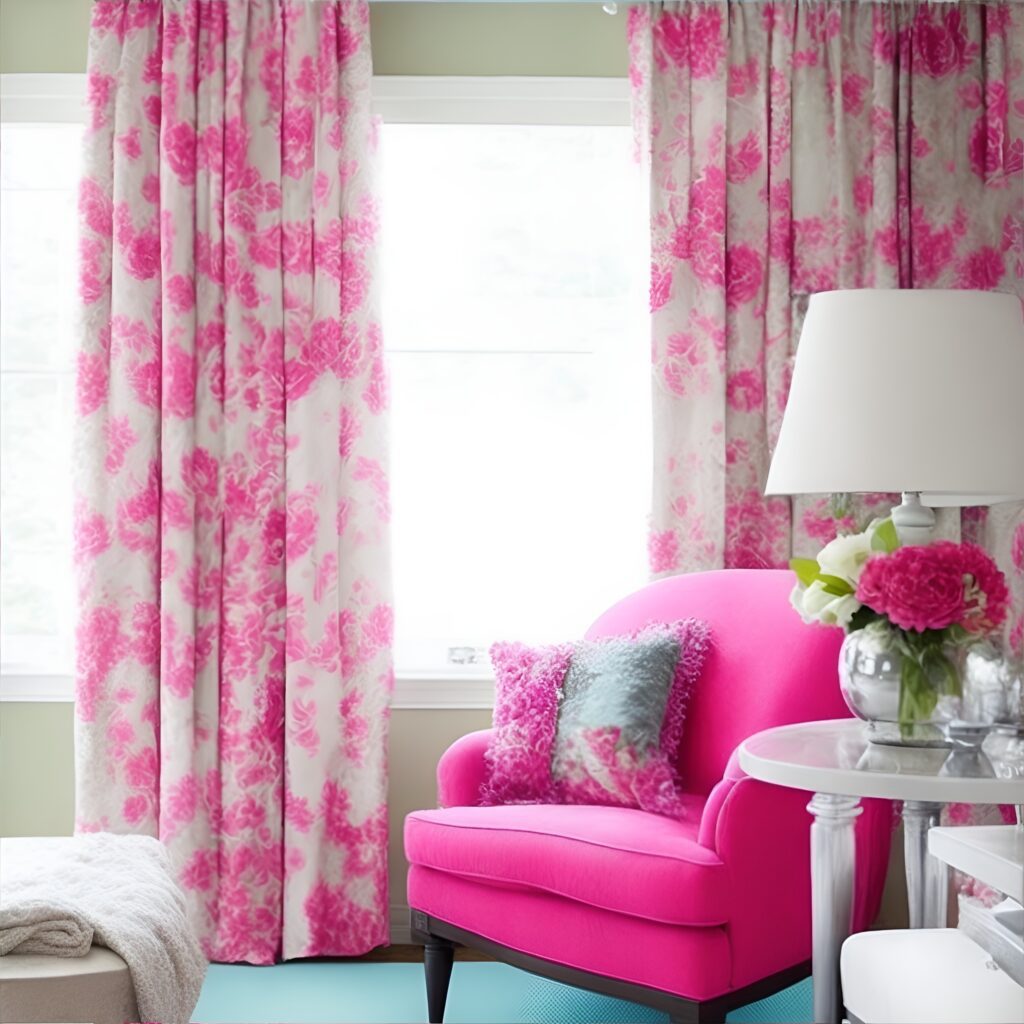
Maintaining wall curtains is essential to preserve their appearance and functionality while prolonging their lifespan. Regular upkeep not only keeps them looking fresh but also prevents the accumulation of dust and allergens. To ensure the longevity of your wall curtains, follow these maintenance tips:
Regular Dusting:
Dust and dirt can settle on curtains over time, affecting their appearance. Gently brush or shake the curtains regularly to remove loose dust. Use a soft brush attachment on your vacuum cleaner to lightly suction away any remaining particles.
Machine Washing:
Check the care instructions on the curtain label before washing. Many curtains can be machine washed on a gentle cycle using mild detergent. Always remove hooks, rings, or other hardware before washing. Wash curtains with similar colors to prevent color bleeding.
Hand Washing:
Delicate curtains, such as those with intricate designs or fragile fabrics, may require hand washing. Fill a basin with lukewarm water and a gentle detergent. Gently agitate the curtains in the water, then rinse thoroughly. Avoid wringing or twisting the fabric.
Drying:
It’s generally best to air-dry curtains to prevent shrinkage or damage. Hang them back on the curtain rod while slightly damp, allowing them to dry in their natural shape. Avoid direct sunlight as it can fade colors. For machine-washable curtains, you can use a low heat setting in the dryer for a short period before air-drying.
Ironing:
If your curtains have wrinkles, use a steam iron on a low setting. Test a small inconspicuous area first. Iron on the reverse side or use a pressing cloth to avoid direct contact between the iron and the fabric.
Stain Removal:
Attend to stains promptly to prevent them from setting in. Blot liquid stains gently with a clean cloth, working from the outside toward the center. For solid stains, carefully scrape off any residue, then treat with a stain remover suitable for the fabric type.
Rotate Curtains:
If you have multiple sets of curtains, consider rotating them seasonally. This helps distribute sunlight exposure and wear more evenly.
Protect from Pets and Children:
Keep curtains out of reach of pets and young children to prevent accidental damage or staining.
Professional Cleaning:
For valuable or intricate curtains, consider professional cleaning services. They have the expertise to clean delicate fabrics and maintain their appearance.
FAQs
How do I hang the curtains correctly to cover the entire wall?
Install the curtains on a rod or track that spans the entire length of the wall. Alternatively, use multiple rods or tracks placed closely together.
Should I opt for one large curtain or multiple smaller ones to cover the wall?
Multiple smaller curtains are easier to install and more versatile. One large curtain may be difficult to maneuver and may not fit properly.
How can I create an aesthetically pleasing look when covering the wall with curtains?
Use curtains that complement the color scheme and design of the room. Experiment with different styles and fabrics to find the right look.
Can I use curtains to cover textured walls?
Yes, curtains can be used to cover textured walls, but it’s important to ensure that the curtains are hung flush against the wall rather than bunching up.
What if the wall has windows and doors?
Install curtains on the entire wall, but leave openings for the windows and doors. Use smaller curtains to cover the openings.
Can I use different types of curtains to cover the wall?
Yes, you can use different types of curtains to create a layered look. For example, you can use sheer curtains underneath thicker curtains.
Will covering the entire wall with curtains make the room feel smaller?
No, properly installed curtains can create an illusion of height and make the room feel larger.
Should I choose curtains that are the same color as the wall to blend in?
This depends on personal preference. If you want the curtains to blend in, choose a similar color. If you want to create a contrasting effect, choose a different color.
Can I hang pictures or artwork on a wall covered with curtains?
Yes, but it may be more difficult to install.
Can I use curtains to cover a slanted or angled wall?
Yes, but it may be more challenging to install. Use adjustable rods or tracks to ensure the curtains hang flush against the wall.
How can I ensure that the curtains I’m choosing are of high quality?
Pay attention to details such as stitching, hemming, and fabric quality. Choose curtains from reputable brands or manufacturers.
Conclusion
Creating a curtain wall is an innovative method of altering the aesthetic of a room, adding a touch of elegance, and offering a sense of privacy. Whether you choose to cover doors or furniture with your curtains, or whether you opt to keep them exclusively for your windows, the decision rests upon your design preferences and functional requirements. Keeping up with regular maintenance practices ensures that your curtains remain vibrant and fresh, contributing to the overall appeal of your living space. Remember, the key to a successful curtain wall is to combine creativity with practicality, resulting in a design that is both functional and visually appealing.

I am Stacy Roberts, an experienced curtains expert. I spend most of my time writing about curtain design for various magazines and websites, including writing many blog posts on the topic for Homepicks24.com. I love helping people find the perfect curtains for their homes and take great pride in my work. When I'm not writing or helping people choose curtains, I enjoy spending time with my wife and two young children. I also love playing tennis and going to the beach. I believe that having a beautiful home with well-chosen curtains is essential to creating a special atmosphere of comfort and serenity, and thus I strive to help people find the right window treatment for their homes.


